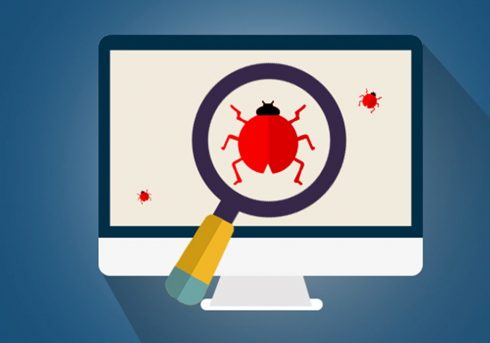
Companies in just about every industry are being disrupted by digital natives. To stay competitive, old companies must adapt, which can be a painful transformation. Moving to Agile is tough enough. Now, more businesses have adopted DevOps, continuous integration (CI) and continuous deployment (CD), albeit at different speeds.
Software testing at Lincoln Financial Group is progressive by design because software delivery speed and quality differentiate the company, so much so that Michelle DeCarlo, SVP of IT Enterprise Delivery, leads the company’s technical transformational initiatives.
“DevOps, cloud, continuous testing all feed into our larger journey which is the digital transformation effort,” said DeCarlo. “At the core, it’s changing the way we work. So, when we talk about continuous testing, it’s how do we get faster, leaner, and eliminate friction.”
Like many mature companies, Lincoln Financial had waterfall-type practices that involved a series of hand-offs. In addition, a lot of the testing was manual. The company is now using continuous processes, including CT to get to market faster. In fact, DeCarlo said that continuous testing has improved Lincoln Financial’s delivery speed by 30%.
“Continuous testing is one of those levers that we view as being critically important and fundamental to our strategy,” she said. “Testing used to be viewed as a cost because we were always waiting. Now it’s what differentiates us and helps us get to market faster.”
Of course, getting there wasn’t all about the CT process. In addition to changing the way people work, talent had to be upskilled and new tools were required.
“There are a few things we do differently with CT compared to how it used to work. One of those things is recognizing that the advanced engineering practices that are important to learn, like test-driven development and service virtualization, are table stakes now,” said DeCarlo. “These skills allow us to accelerate delivery cycles and the test engineers are embedded in the delivery cycle.”
Lincoln Financial automates many types of tests including performance, security, regression, feature and smoke testing.
“When you drop code, you need to determine in seconds whether that code is valuable. If it fails, it stops your production cycle,” said DeCarlo. “You have to think about it as one continuous flow because if you have a weak link, it halts your production and you lose hours. You cannot advance your practice unless you have automation.”
The company is also taking advantage of microservices and containers which enable a more flexible and scalable application architecture than traditional designs.
“The ability to decompose your code base and test at the most granular level is how firms get an advantage,” said DeCarlo. “When you test monolithic systems in totality it takes a long time, so we now decompose code and features, and test at the smallest level possible. MVP is part of our DNA now.”
That means API testing is critical.
“The focus on service testing is huge,” said DeCarlo. “In the past, people were worried about testing the front-end which is still helpful and necessary, but the majority of your effort should be focused on the service level because that’s where you need to make sure everything works.”
Data Drives Insights
Lincoln Financial also makes a point of using encrypted test data that includes the scenarios it wants to test so it can very quickly test multiple parameters and scenarios against whatever use cases apply.
“It’s critical to ensure that testers have all the data needed as opposed to waiting on other groups,” said DeCarlo. “We have figured out how to get the data that might be upstream, downstream, in the middle, or in our service architecture. Our strategy is to make data [available] on demand which will allow us to respond at the same pace as other firms.”
Continuous Testing Means Continuous Learning
Lincoln Financial has a mantra when it comes to software which is build, measure, learn. The philosophy maps to developing the software, getting the data ready, testing it, going through the continuous delivery process, and measuring it.
“You need to have performance dashboards that are available to all your stakeholders, whether it’s a developer, tester, or product owner and then you have to make modifications and improvements because what worked yesterday might work today but likely will not work tomorrow,” said DeCarlo. “You have to embed this continuous improvement mindset and not look at it as failures, but learning.”





